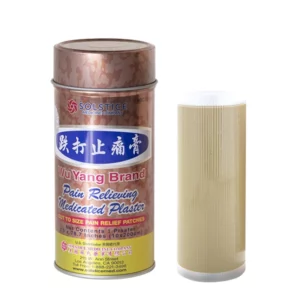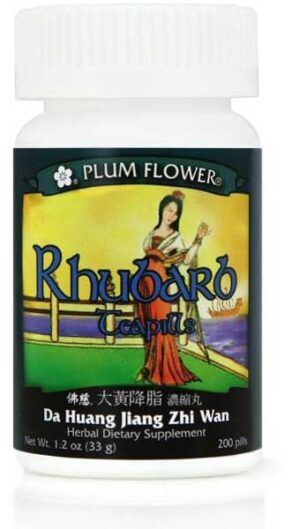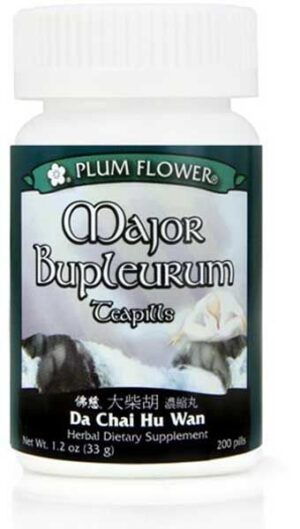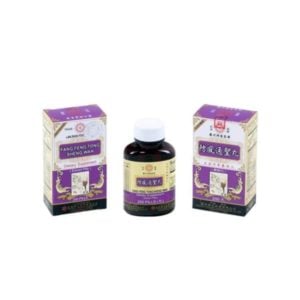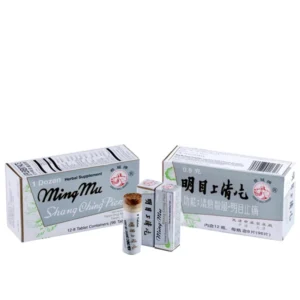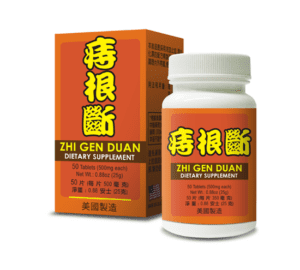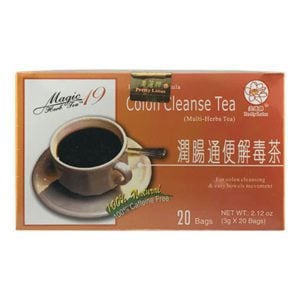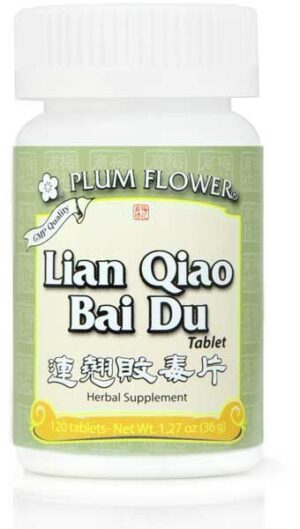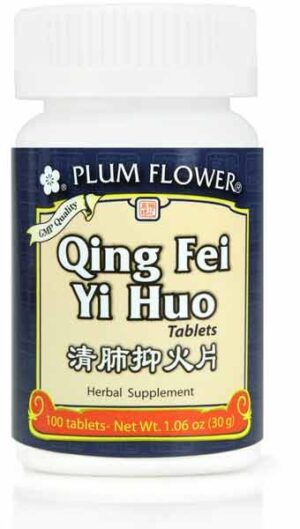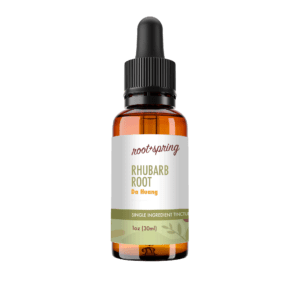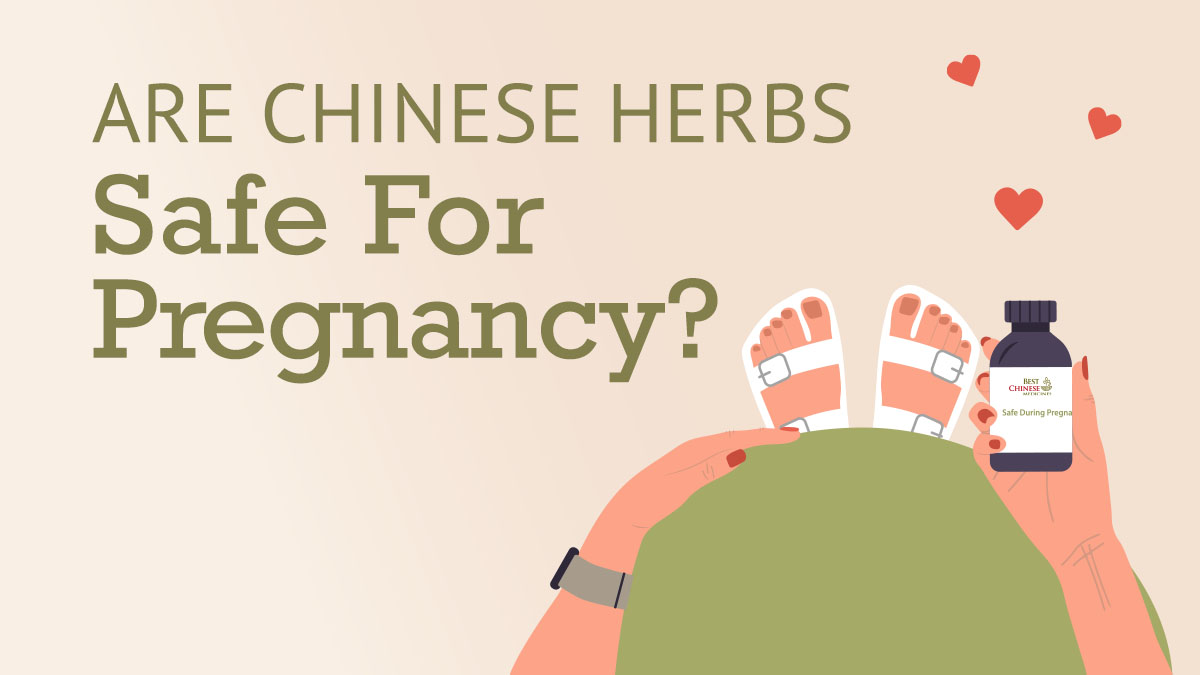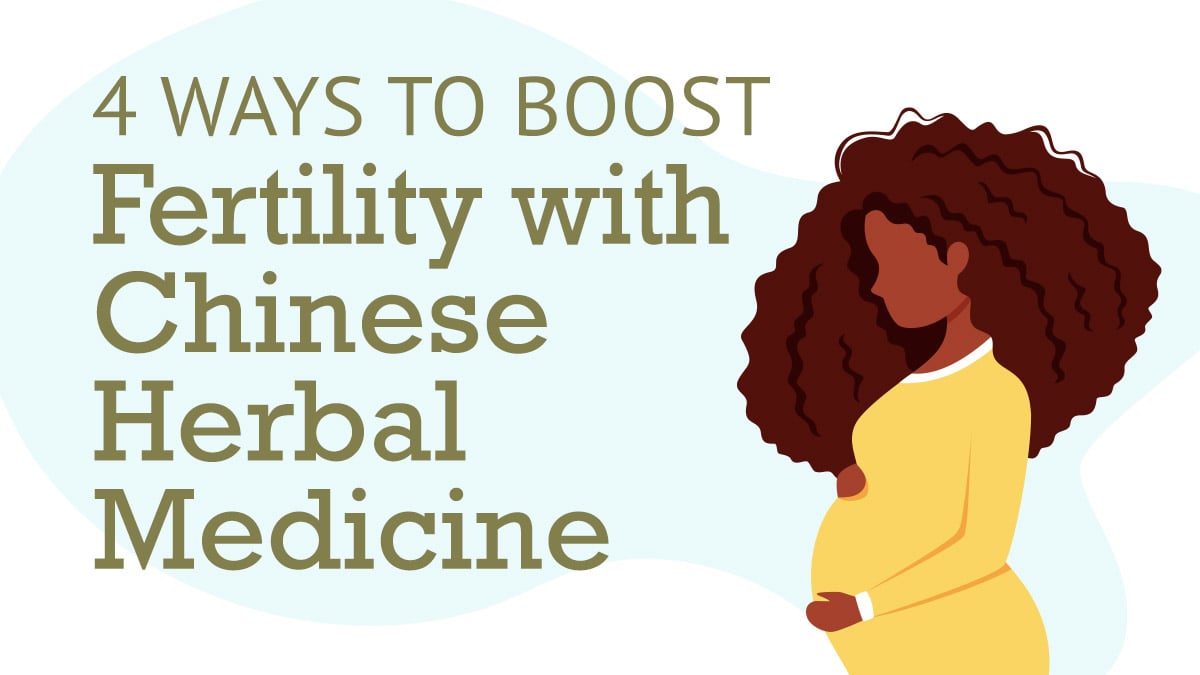Your cart is currently empty!
Da Huang
English Name: rhubarb root
Pharmaceutical Name: Radix et Rhizoma Rhei
Medica Category: Downward Draining Herbs– Purgatives
Properties: Da Huang enters the Spleen, Stomach, Large Intestine, Liver, and Heart channels; it is bitter in nature and cold in temperature.
What is Da Huang?:
The Chinese Herb is the dried root and rhizome of three different species of rhubarb: Rhuem officianle Baill. (grows naturally in the South of China); R. palmatum L. and Rheum tanguticum Maxim ex. Balf. (both of which grow in the North of China and Tibet). Da Huang is harvested after the stems and leaves turn yellow and wither in the fall; the roots are cleaned, dried, and sliced for use as medicine. It is most effective as a purgative in its raw state; processing in wine or vinegar strengthens its ability to invigorate blood, and charred it treats bleeding.
Traditional Chinese Medicine (TCM) Therapeutic Actions of Da Huang:
Da Huang purges damp-heat and eliminates toxins from the large intestines and is the herb of choice used to address constipation that has as its root cause stagnation and heat, as in the formula Da Cheng Qi Tang (for severe cases) or Mai Zi Ren Wan (for moderate cases).
This action to purge both damp-heat and toxins also makes it an appropriate addition to formulas that addresses dysentery as well, as it eliminates the pathenogenic influences in the Large Intestine that anti-diarrheal herbs may fail to effect (leading potentially to chronic diarrhea/dysentery).
Additionally, the descending and cooling properties of Da Huang act to subdue the flaring up of heat and fire and make it an appropriate choice to address such clinical presentations as red eyes, sore/swollen throat, and painful gums when this flaring up of heat from below is the root cause (and not just heat in the local region).
Furthermore, in its action to drain heat and eliminate toxins it is used internally for intestinal abscesses and topically for such clinical presentations as burns, hot skin lesions, carbuncles, and abscesses etc…
Da Huang eliminates heat from the blood and stops bleeding to address various bleeding disorders (with bright red blood in profuse amounts) such as epistaxis, hematemesis, and bleeding in the upper GI tract.
Da Huang invigorates blood circulation and removes blood stasis and is used to address bruising and swelling from traumatic injuries, palpable masses, and amenorrhea.
–safety clinical notes:
Contraindicated in pregnancy and in persons with qi and blood deficiencies.
Use with caution in lactating mothers as Da Huang can enter the breast milk and cause diarrhea in the nursing child.
Da Huang is extremely bitter and cold and can damage the Spleen and Stomach; possible adverse effects include nausea and vomiting.
Contraindicated for persons without constipation or blood stagnation.
Use with caution in menstruating women and postpartum women without blood stasis.
Da Huang treats excess heat in the fu (hollow) organs during the yangming stage of illness, which presents clinically with high fever, delirium, semi-consciousness, and convulsions.
It may be prudent to start with small doses of Da Huang and build up according to how strongly it acts on a given individual. Formulations in TCM are geared to a population that is used to consuming this herb, and a westerner with no experience with Da Huang in their system may need less than what a traditional formulation calls for (or less than what is included in a patent medicine) to achieve the desired therapeutic effect… in any event, preparation and dosage guidelines for this herb are fairly nuanced and a complete discussion of this can found in Chen and Chen p. 271).

